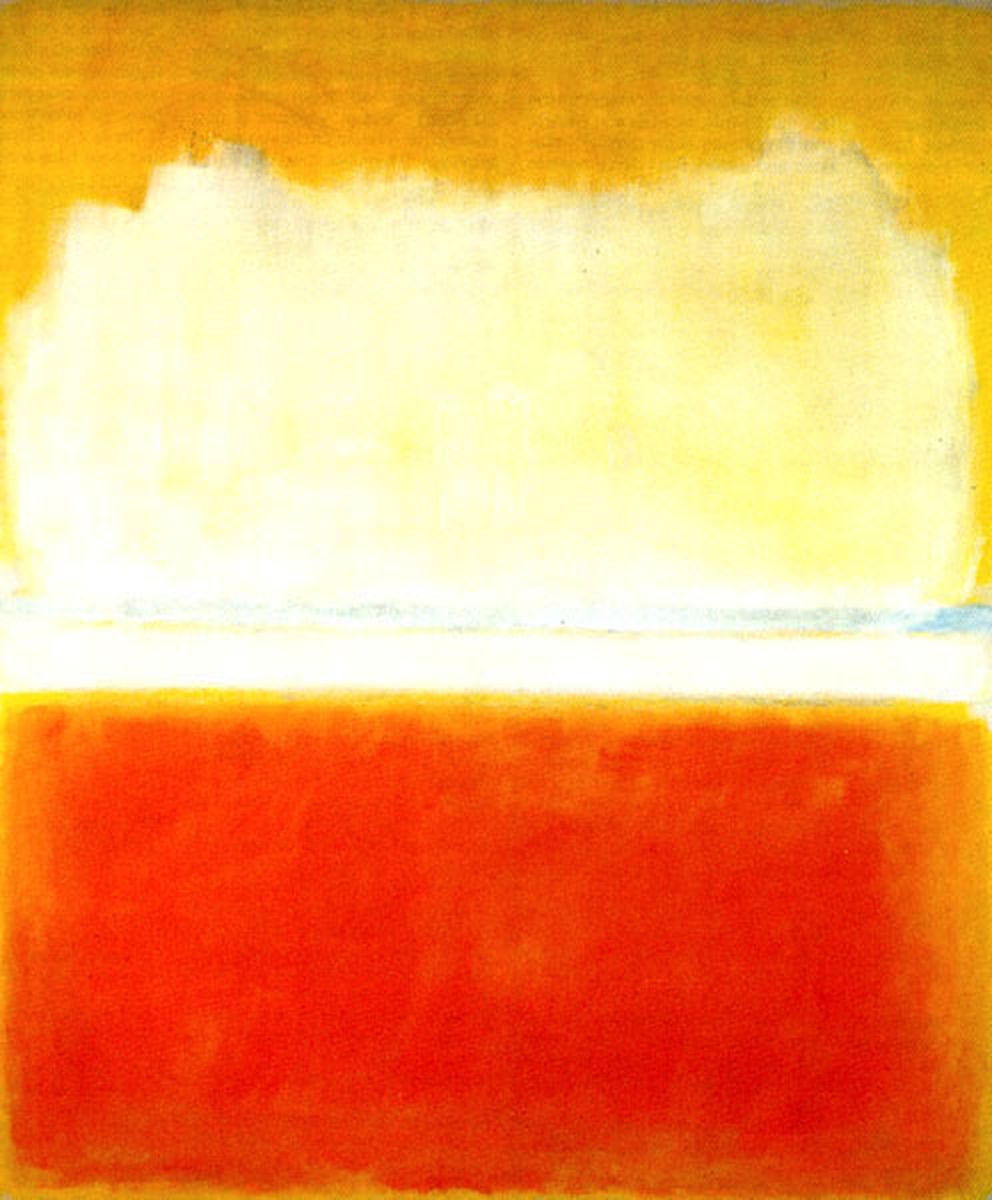Moshiach teaches specifically through vision. We will no longer need to turn to the written text, “for they will all know Me.” * Be real and authentic and those around you will automatically light up with inspiration of their own.
By Rabbi Boruch Merkur

“Say to the anxious of heart, ‘Be strong. Don’t fear. Here is your G-d. The L-rd’s justice approaches. He Himself comes and gives you triumph.’” (Yeshaya 35:4)
Rashi: “Anxious of heart” – Those who hurry the redemption and suffer its delay.
“Then the eyes of the blind shall be opened and the ears of the deaf shall be unplugged” (Ibid 35:5)
Rashi: “eyes of the blind” – Those who until now were blind to the urgency (mora zu).
“ears of the deaf” – those who until now, would not listen to the voice of the prophets. Their eyes and ears will then be open, for I will give them an authentic spirit to revere Me.
Sensing the urgency of the redemption is true vision. Those who until now did not see it, G-d will open their eyes and ears.[1]
Interestingly, when the Rebbe cites this verse from Tanach, he references only the blind, not the deaf, though the verse deals equally with the healing of both impediments.
When the Rebbe delivered this teaching, no one was deaf to his words. They all listened to the voice of the prophet before them. They all heard and understood the message, knowing it came from the prophet of our times. But did they understand its urgency?
*
There is a positive sense of blind, those who take in more light and truth than the world can handle, in the time of exile. For millennia, the world hadn’t adjusted to those powerful frequencies. But it will.
Here the Rebbe is speaking about those who suffer from blindness. They will be the first to heal in the redemption:
Moshiach brings the ultimate healing to all Jews, even to the blind. “In the Future Era, the blind will be healed, our Sages teach, as it says, “then the eyes of the blind shall be opened.”[2]
Moreover, “When Hashem comes to heal the world, He begins with none other than the blind.”[3] They are healed from blindness to become “sagi nahor,” blinded by great light,” in the positive sense, literally absorbing a lot of light (in a manner that does not detract, G-d forbid, from their sense of sight, from the ability to see). As a result, they are able to read and study Torah also from regular written texts, as any other person.
But the fact is that then (in the time of geula), we will not depend on written text, as all Jews will hear Torah from Atzmus U’Mehus, the Divine Core, as it is written, “A new Torah will emerge from Me.”
Moshiach Tzidkeinu is the true teacher, the “talmid vasik,” who “teaches the people” the new Torah from Atzmus U’Mehus, with comprehensive explanation and elaboration, etc.
Moshiach teaches specifically through vision, so that we will not need to turn to the written text, as is plainly understood from what is written[4]: “They will no longer teach one another, for they will all know Me, from their under-accomplished to those who have achieved preeminence.”[5]
Eliyahu HaNavi, zachur la’tov, appeared to the great mekubal, Rabbeinu Yitzchok, called by the name Sagi Nahor. Named for beholding great light, this mekubal senses the atmosphere and determines whether this one lives or dies, being a master of prayer, like Rebbi Chanina ben Dosa.[6]
*
It’s healthy to want to be healed. Zombies don’t want to be healed. To make the transformation, we need daas. Daas is healing. We need to exfoliate what is dead in us, our trauma, and learn to feel, to be healthy and sensitive, to ourselves, our own needs, and especially to others.
True sight is clarity, prophecy. Be sensitive about how to best bring light to others, those who have somehow avoided seeing something that is to you so clear and obvious. Be real and authentic and those around you will automatically light up with inspiration of their own.
*
NOTES:
[1] Though that would be Bread of Shame.
[2] Yeshaya 35:4
[3] Midrash T’hillim 146:8.
[4] Yermiya 31:33
[5] Seifer HaSichos 5751, pg. 766
[6] Ibid FN 141